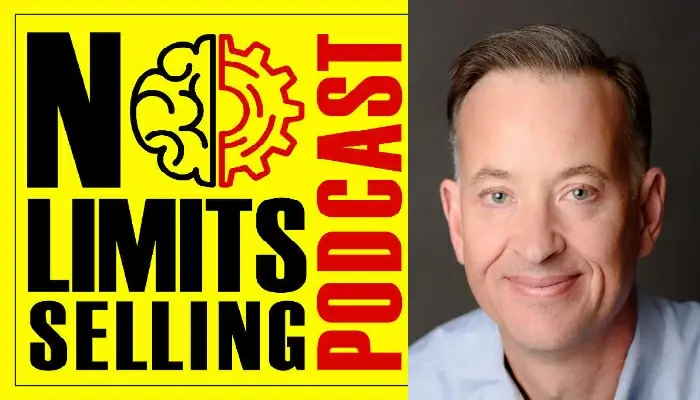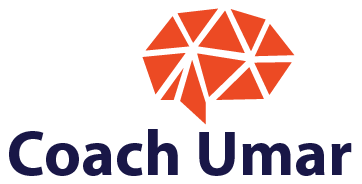The Role of Creativity in Business by Steve Morris
Steve Morris began as a mechanical engineer designing sailboats for high-performance teams in 1989. In 2005, as a certified Project Management Professional supporting the Navy, he led and managed engineering projects and learned the value of team collaboration and communication.
In 2015, he founded Catylator to enable and facilitate creativity for individuals and teams. Steven received his certification as a LEGO Serious Play facilitator in 2018, Steven helped teams in the creative ad technology space solve critical problems in their organization. This podcast is about the role of creativity in business.
Podcast Highlights:
- As a leader, you have to provide psychological safety
- Playing with Legos allows teams members to explore difficult issues with ease
- Your team has the answers to difficult problems if you help them get there

[EDITOR’S NOTE: This podcast is sponsored by No Limits Selling. It is a fun, fast-paced podcast that delivers hard-fought business advice that you can implement today to improve your sales and performance]
Interested In Our Real Estate Coaching Services? Explore Our Website: Link
Feeling Not Well Today? You Can Use Our Mindset Boosters App To amp Up Your Mood: Link
Find us on Social Media:
LinkedIn | Facebook community | Instagram
Like what do you listen to? Subscribe to our podcast!
Ready to become fearless? We can help you become fearless in 60 days so you accomplish more in your career Schedule A 15 min Call with Umar
Summary
Introduction and Background
The podcast begins with an introduction of Steven Morris, who is the President and Founder of Catylator LLC. Steven shares his background in engineering and his passion for creativity and innovation. He explains how his experiences led him to establish Catylator LLC, a company that focuses on helping businesses and individuals unlock their creative potential.
The Concept of Catylator LLC
Steven delves into the concept behind Catylator LLC. He explains that the company's mission is to catalyze creativity and innovation in businesses and individuals. The company achieves this by providing a space for people to explore their ideas, learn new skills, and collaborate with others. Steven emphasizes the importance of a supportive environment in fostering creativity and innovation.
The Role of Creativity in Business
Steven discusses the role of creativity in business. He argues that creativity is not just about coming up with new ideas, but also about implementing these ideas in a way that adds value to the business. He also talks about the importance of fostering a culture of creativity within an organization, where employees are encouraged to think outside the box and come up with innovative solutions to problems.
Challenges and Solutions
Steven shares some of the challenges he has faced in his journey and how he has overcome them. He talks about the difficulty of getting people to embrace creativity and innovation, especially in a business setting where there is often resistance to change. He shares some strategies for overcoming these challenges, such as providing training and support, and creating a safe space for people to experiment and take risks.
The Future of Catylator LLC
Towards the end of the podcast, Steven talks about the future of Catylator LLC. He shares his vision for the company, which includes expanding its services and reaching more people. He also talks about his plans to continue promoting creativity and innovation, both within his company and in the wider business community.
Conclusion
The podcast concludes with Steven reflecting on his journey so far and expressing his excitement for the future. He encourages listeners to embrace creativity and innovation, and to not be afraid of taking risks. He leaves the audience with a powerful message about the importance of creativity in business and in life.
Questions & Answers
Who is Steven Morris, and what is Catylator LLC?
What is the mission of Catylator LLC?
How does creativity play a role in business according to Steven Morris?
What challenges has Catylator LLC faced, and how have they been overcome?
What are the future plans for Catylator LLC?
How can I learn more about Catylator LLC or get involved?
What was the key takeaway from Steven Morris's podcast interview?
Don’t miss this opportunity to transform your real estate career with one-on-one coaching. As an experienced real estate coach, I, Umar Hameed, am dedicated to helping you unlock your full potential and achieve your real estate goals. To learn more about who am I and my clients ↓
If you’re ready to take the next step, book an appointment with me today and begin your journey toward success in the real estate industry.
